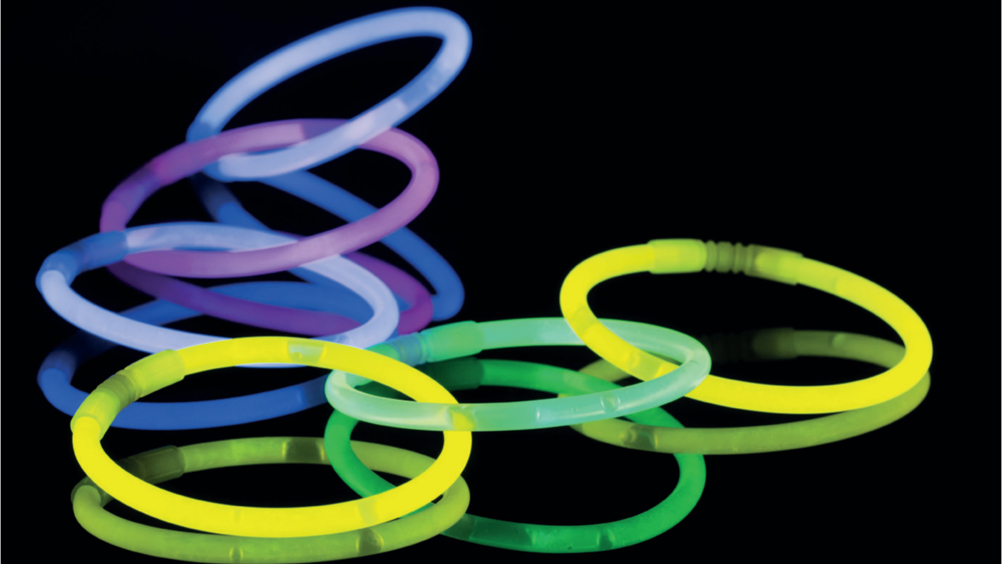References
Autumn poisoning hazards for pets

Abstract
In the autumn, plants commonly produce their fruits, nuts and seeds, and fungi their fruit bodies (mushrooms). Some of these are poisonous and hazardous to pets. In addition to mushrooms, warm wet weather may promote the growth of mould producing tremorgenic mycotoxins, including on food waste, compost and windfall fruits and nuts. There is also a risk of exposure to luminous novelties and fireworks associated with autumnal events such as Halloween and in the UK, Bonfire Night. For pets that ingest mushrooms, expert identification of the suspect mushroom is highly recommended to identify animals as risk of severe poisoning. Many mushrooms only cause gastrointestinal upset, but others cause neurological effects, renal and/or liver damage. Tremorgenic mycotoxins cause rapid-onset whole-body tremors and seizures. Ingestion of luminous novelties usually only produces a taste reaction which rapidly resolves. Fireworks generally only cause gastrointestinal signs but there is a potential risk of metal poisoning, although this is uncommon. Conkers and acorns are commonly eaten by dogs in the autumn and typically cause only gastrointestinal signs, but there is the risk of obstruction and occasionally more significant signs. Management of autumnal hazards is supportive but advice from a poisons information service should be sought if necessary.
Following flowering in the spring and summer, autumn brings the fruiting season and an abundance of fruits, nuts and seeds. Some of these are poisonous and in addition may also be mouldy because of warm, wet autumnal weather. Autumn is also the time that fungi commonly produce their fruit bodies (mushrooms). In addition, to these natural toxins there are also hazards associated with seasonal festivals such as Halloween and, in the UK, Bonfire Night.
Luminous novelty items such as necklaces, glow sticks and glow bracelets, are often available at fair grounds and similar venues particularly at Halloween and Bonfire Night. They consist of polyethylene tubing filled with a liquid mixture that gives off a light of various colours (Figure 1).
There are usually two components to the mixture within the polyethylene tubing: a luminescer (typically dibutyl phthalate) and an activator (usually comprising dimethyl phthalate, tert-butyl alcohol and hydrogen peroxide). Mixing these components produces the luminescence but in luminous necklaces these components are ready mixed. Pets are usually exposed when they chew these items and break into the tubing.
Register now to continue reading
Thank you for visiting The Veterinary Nurse and reading some of our peer-reviewed content for veterinary professionals. To continue reading this article, please register today.

